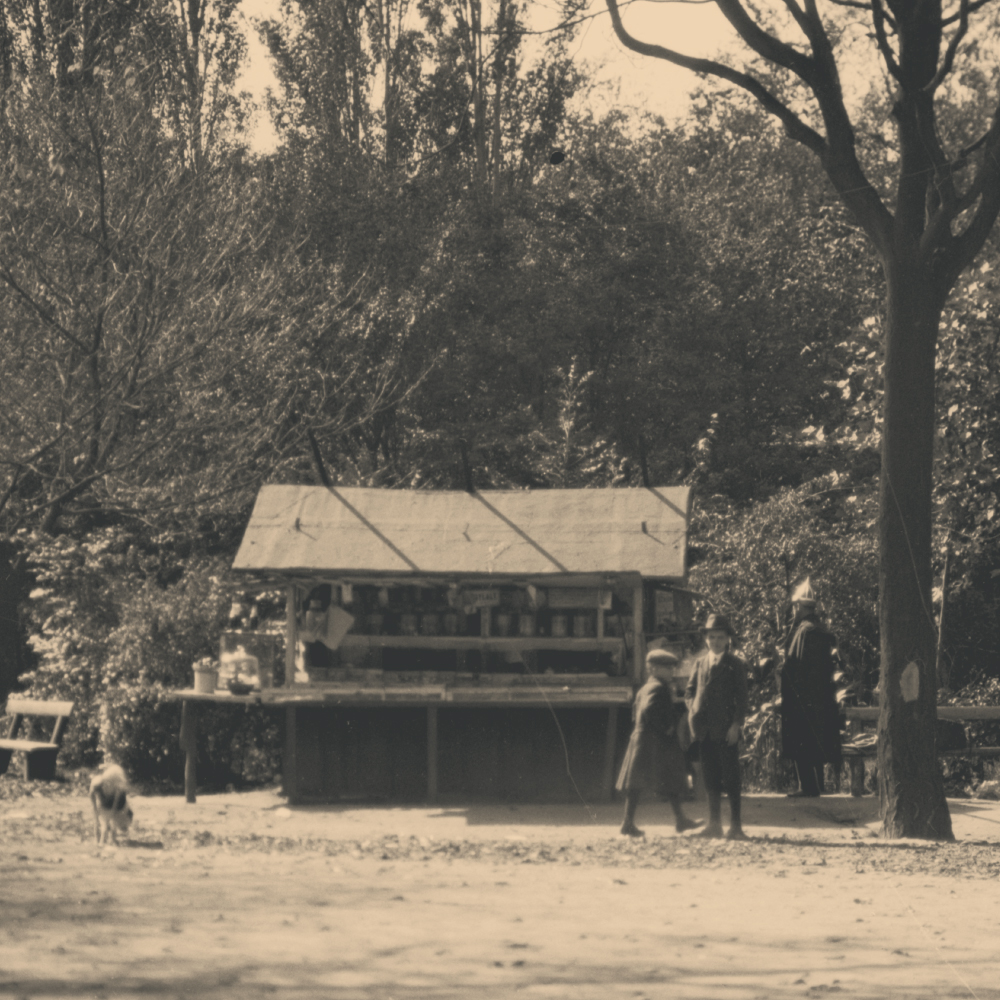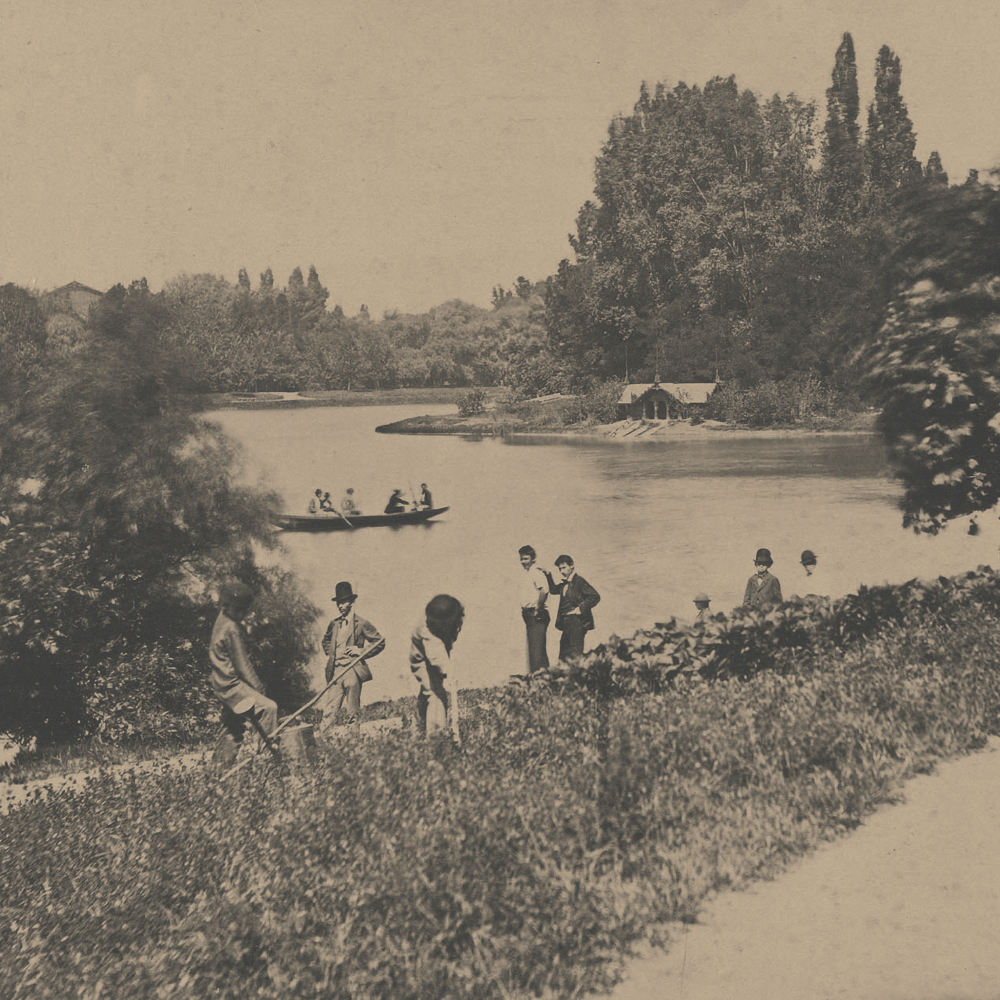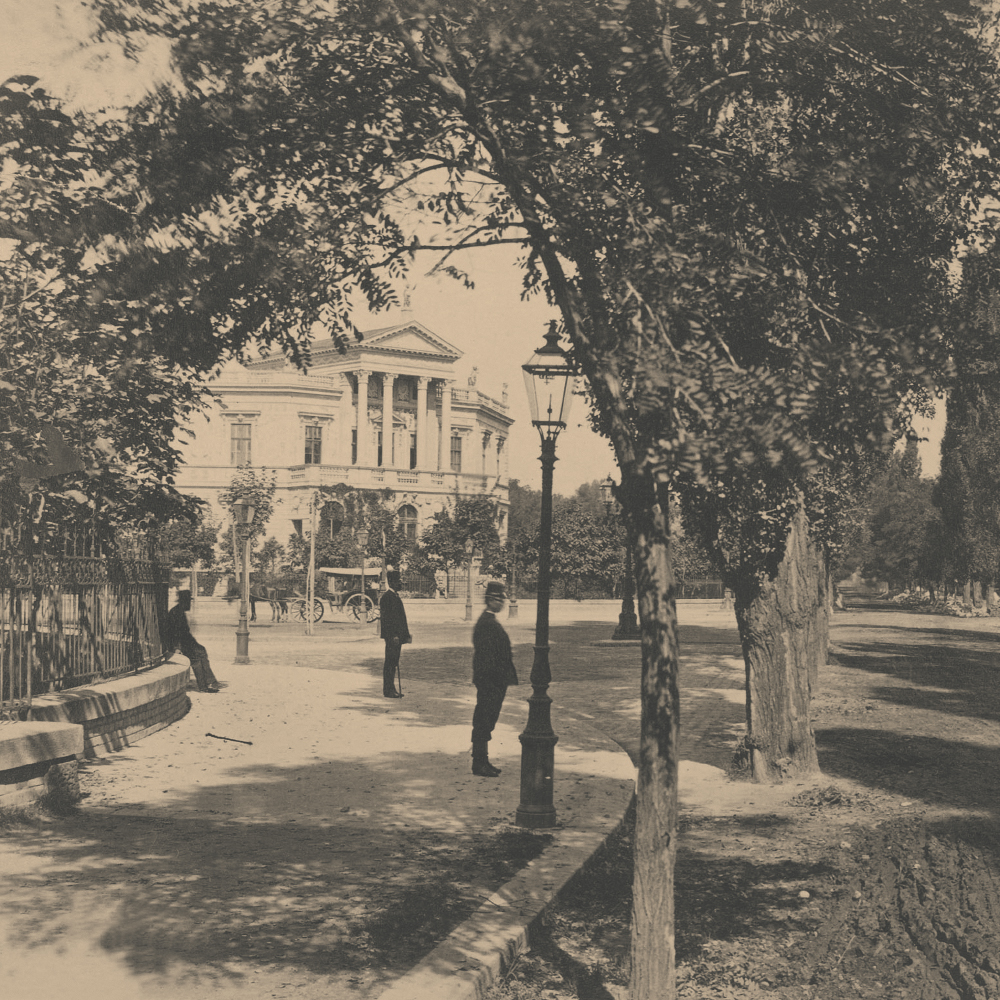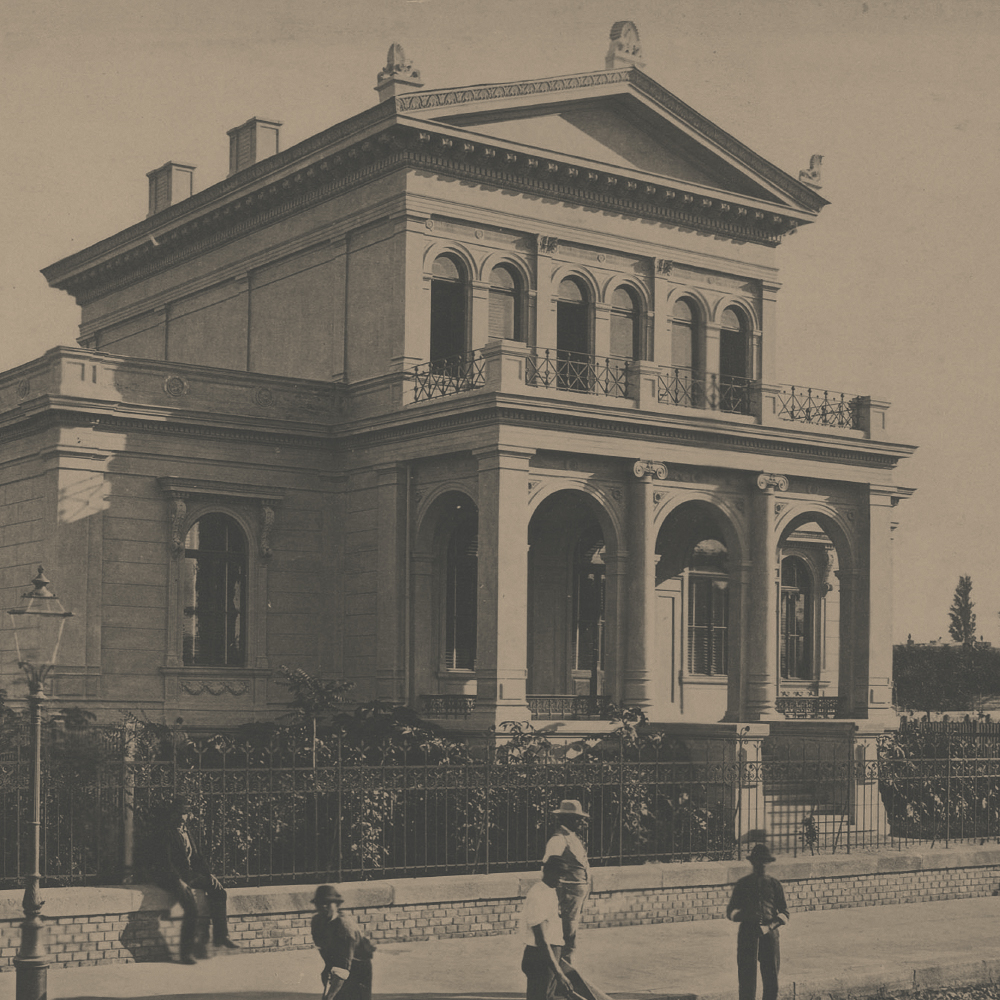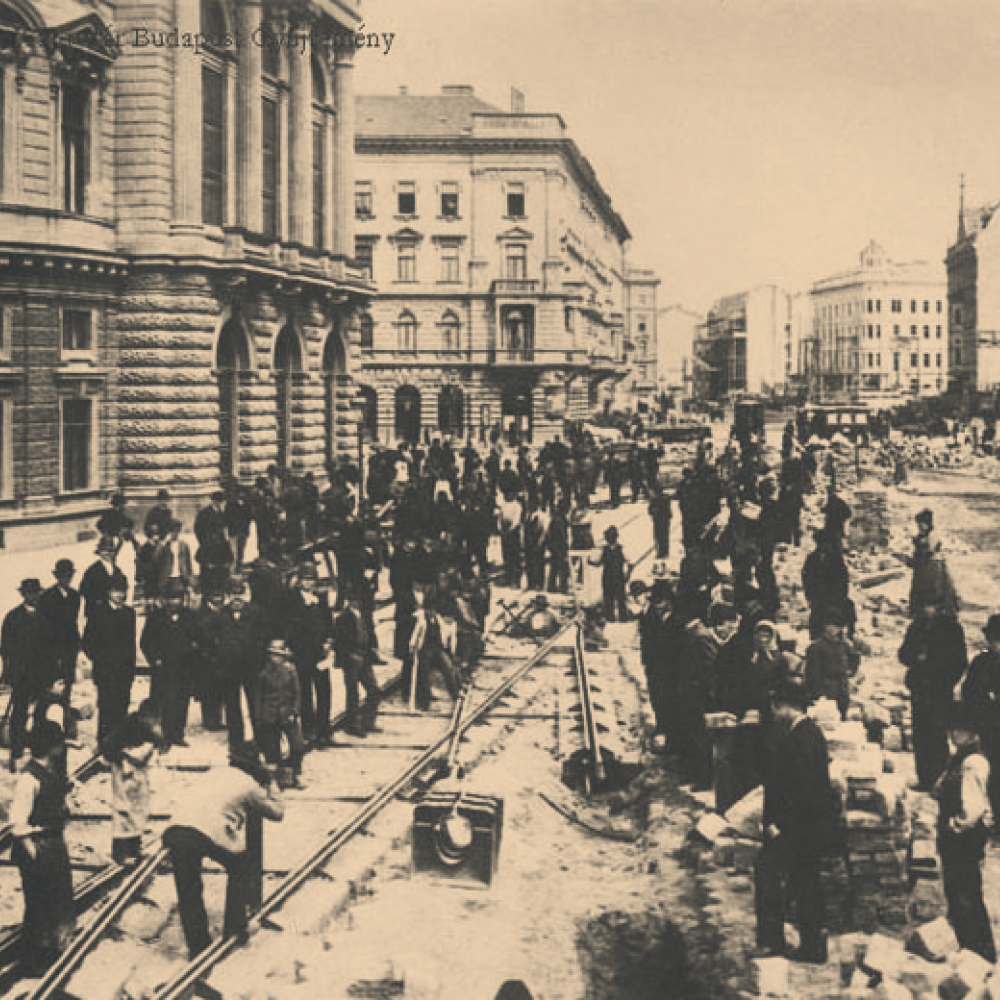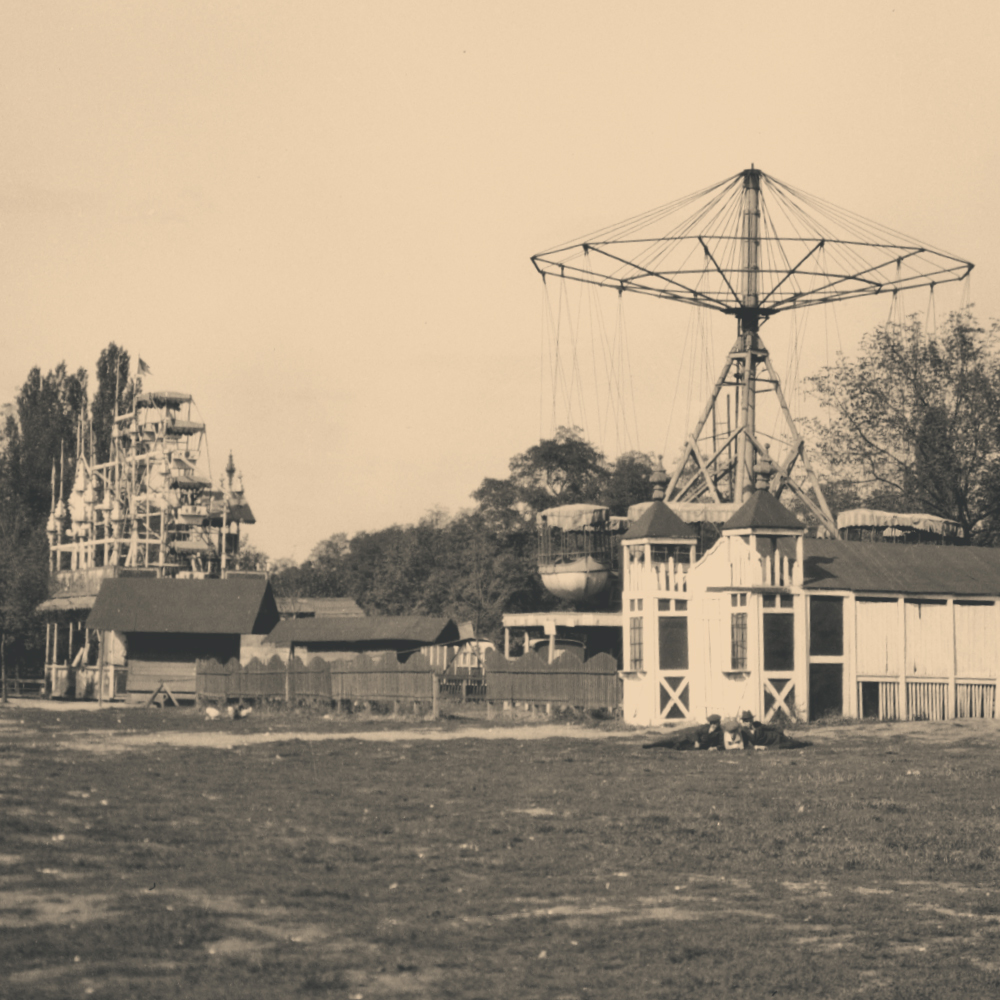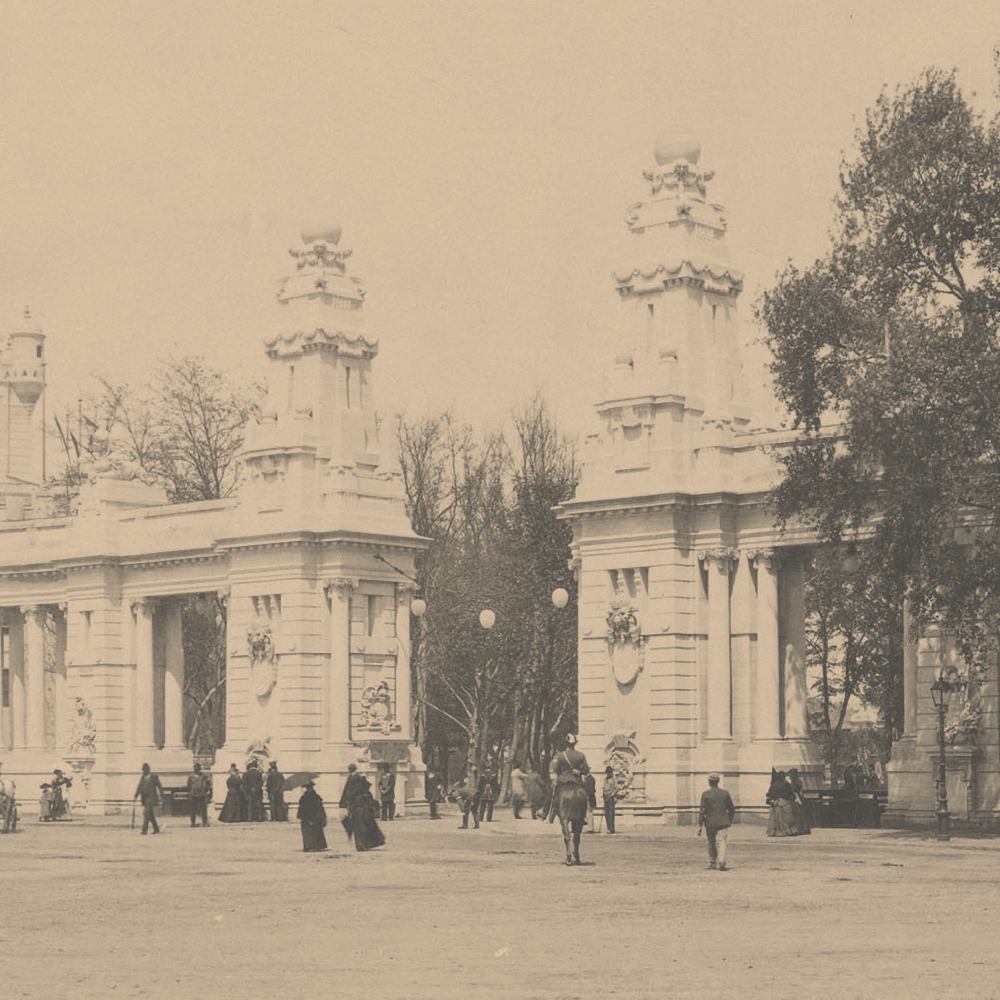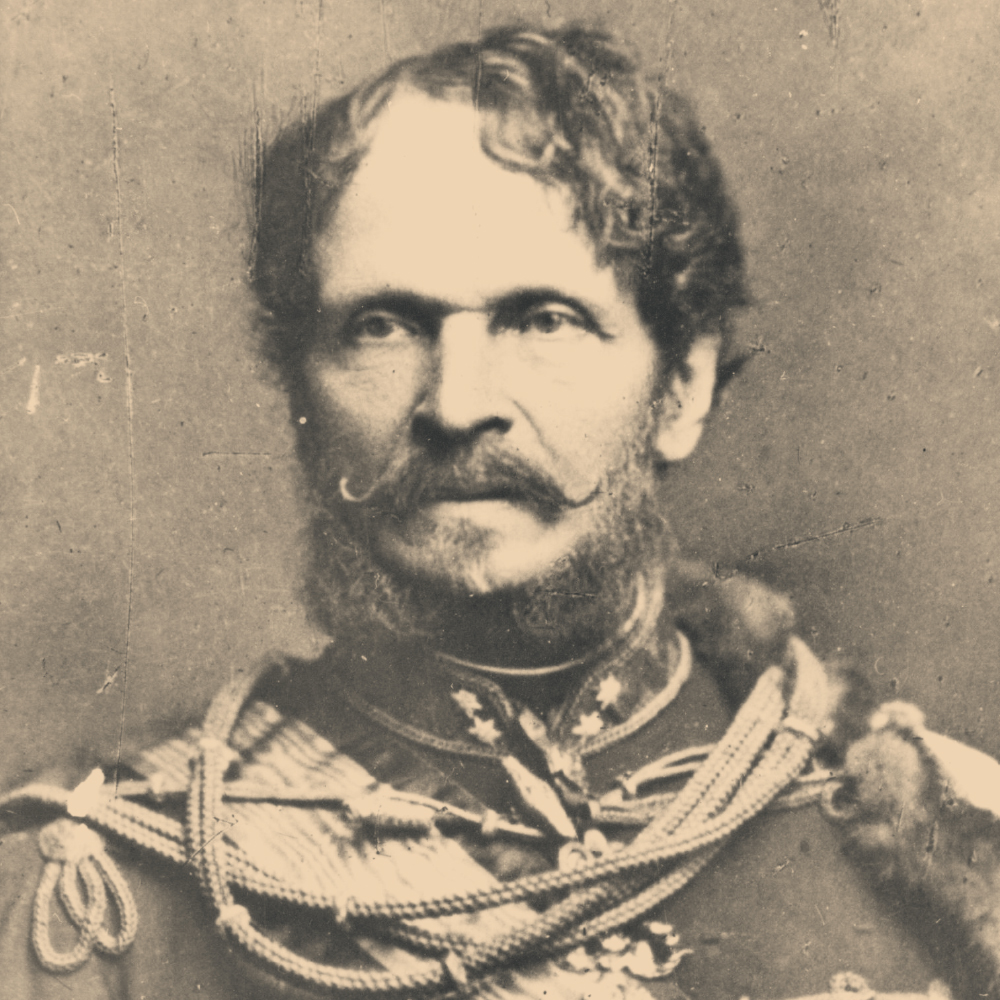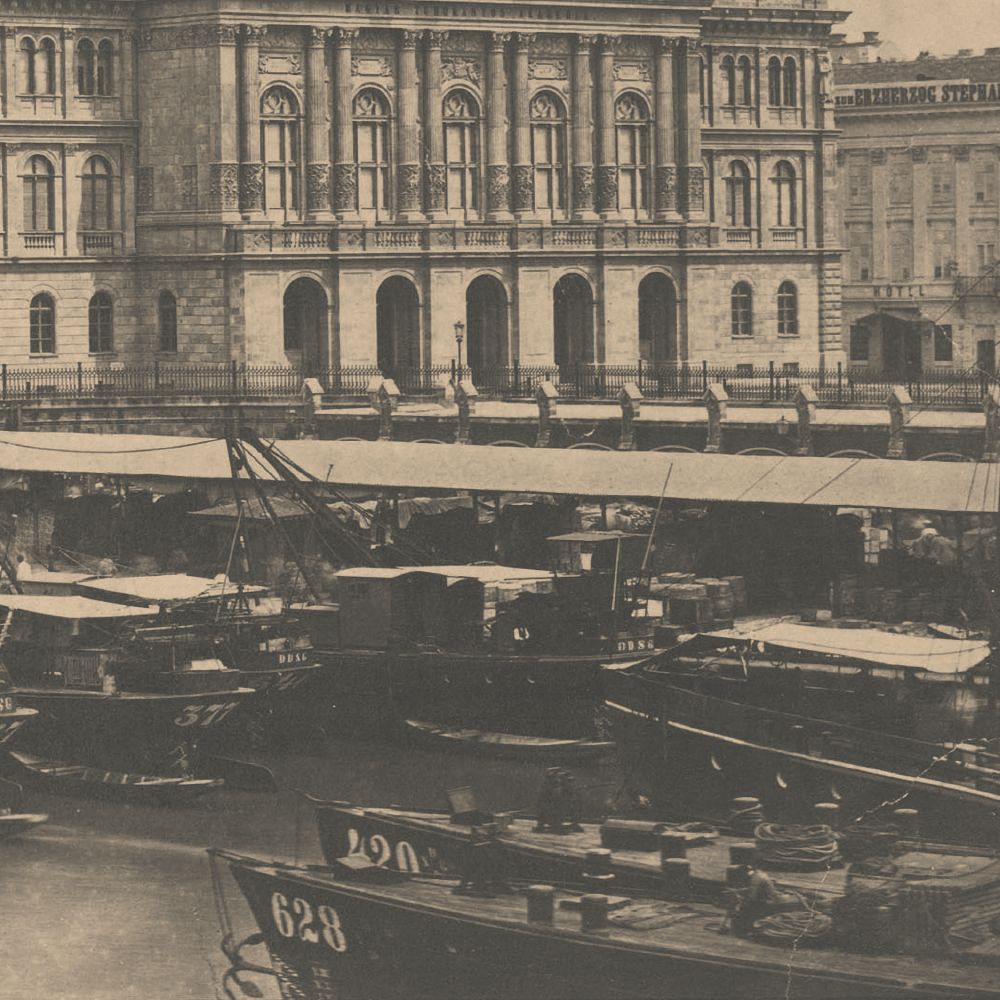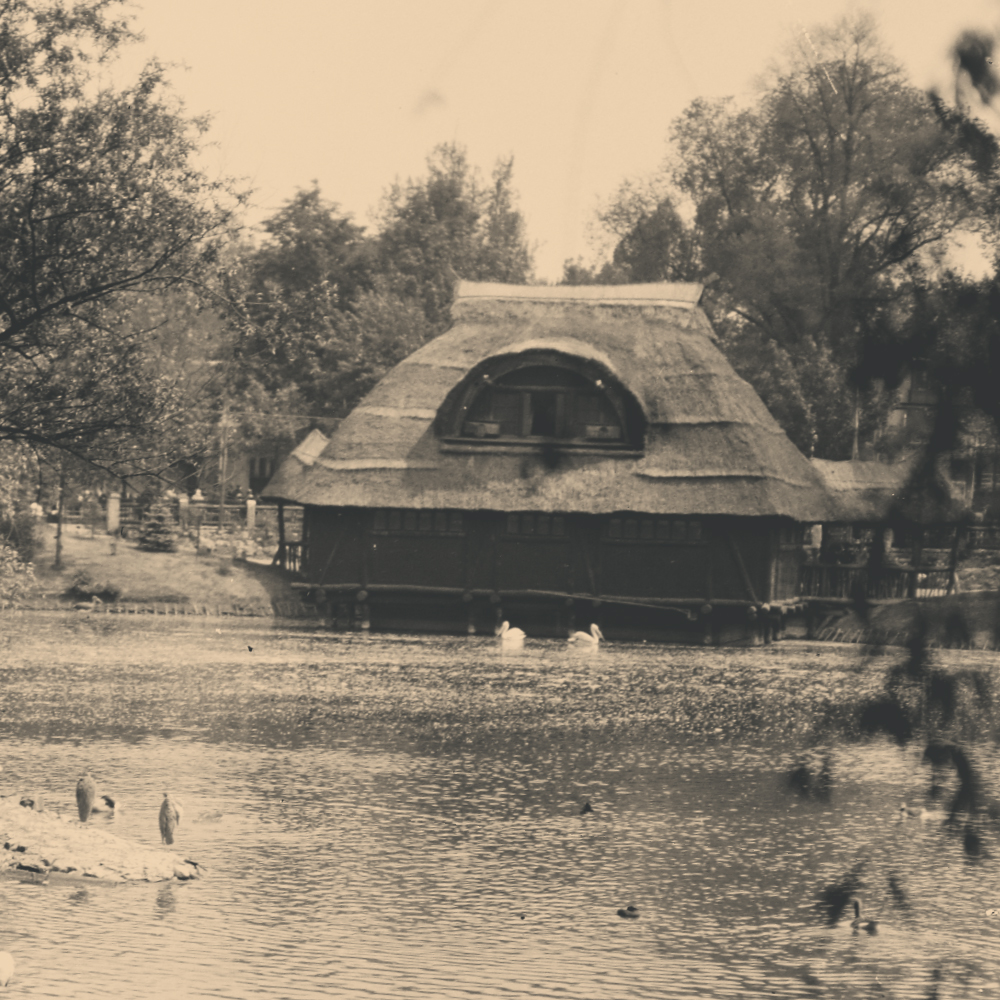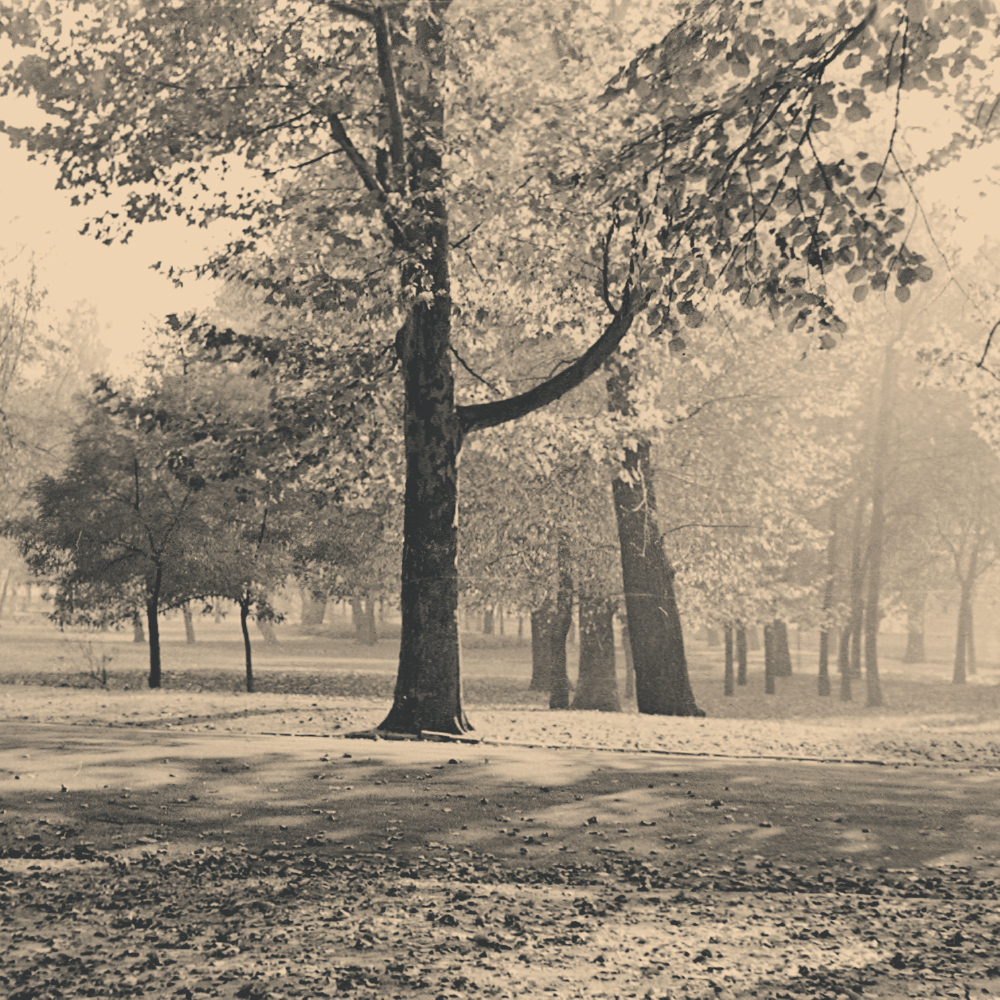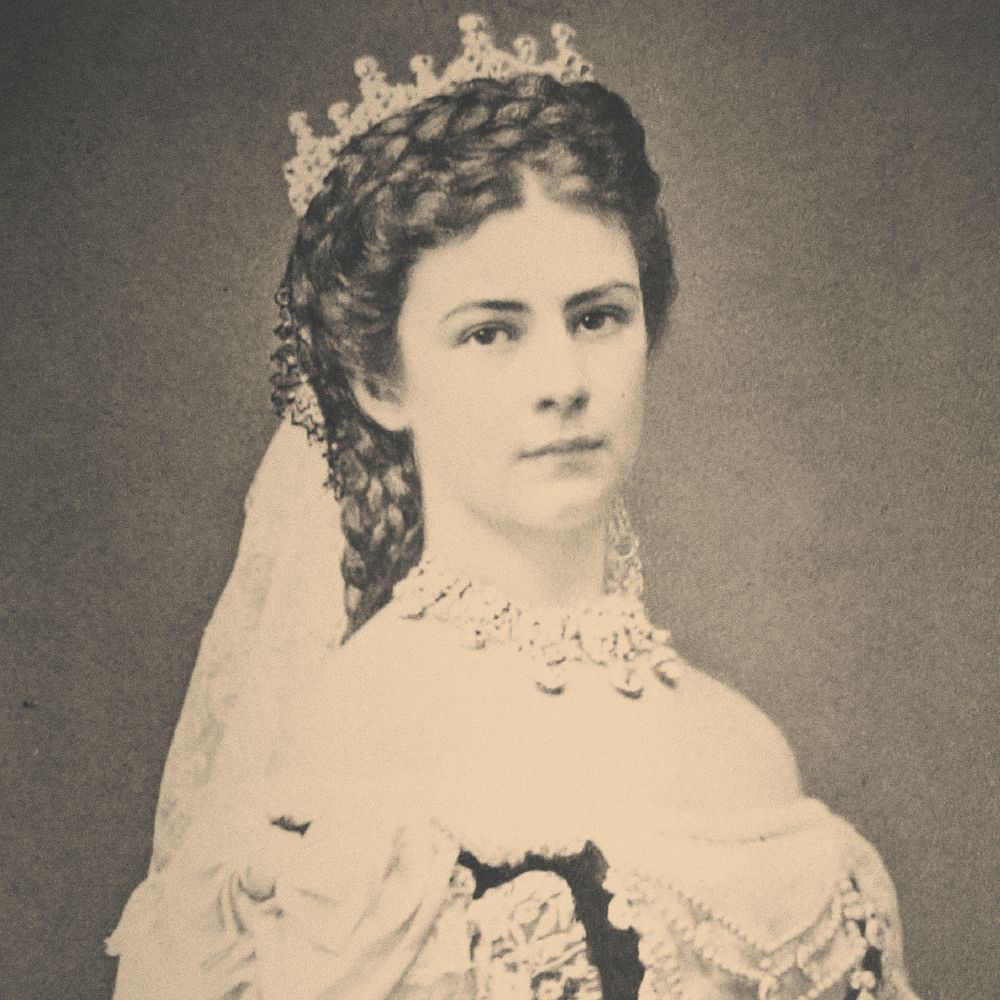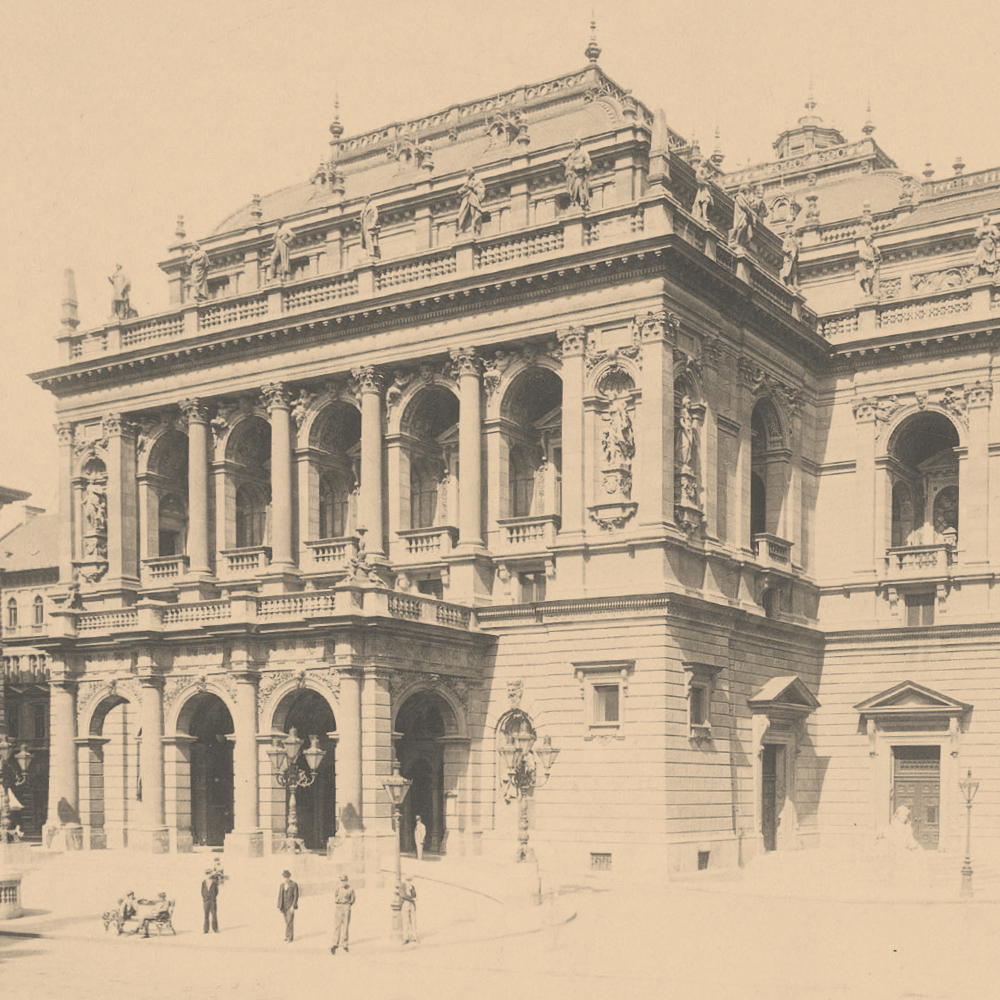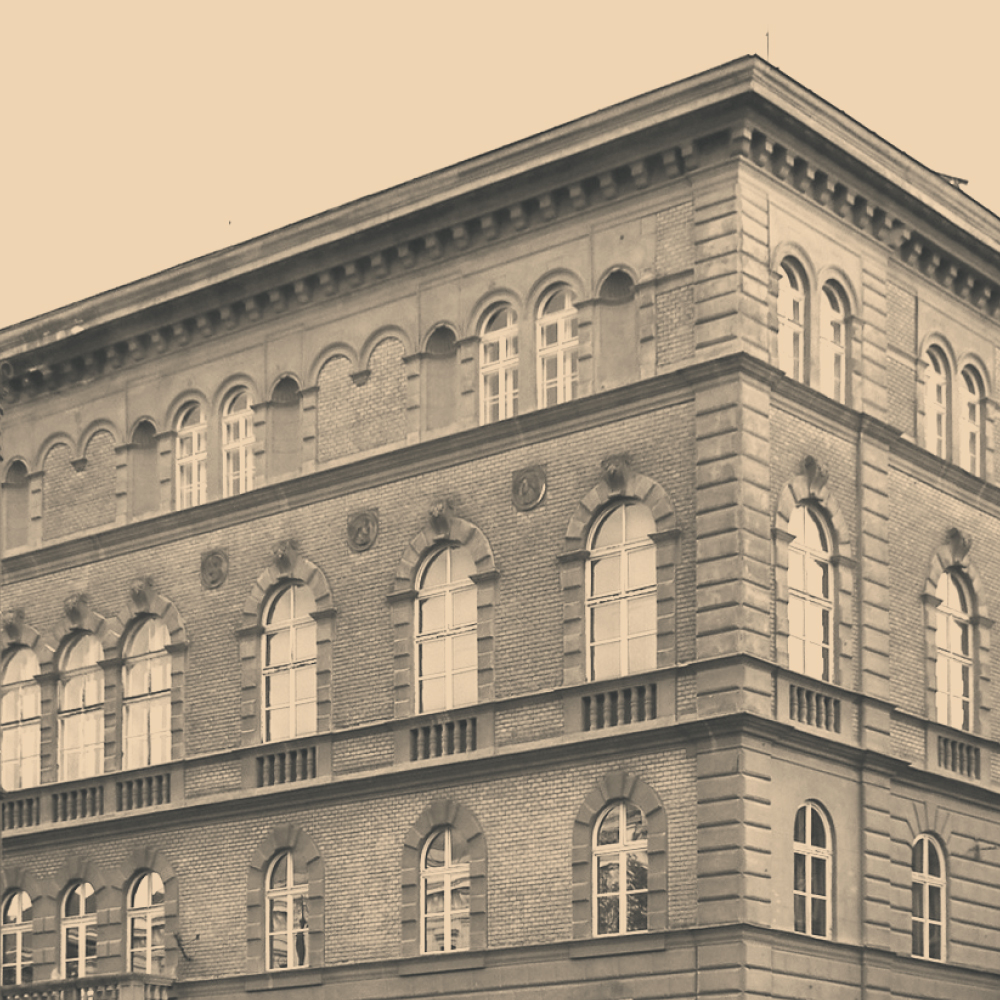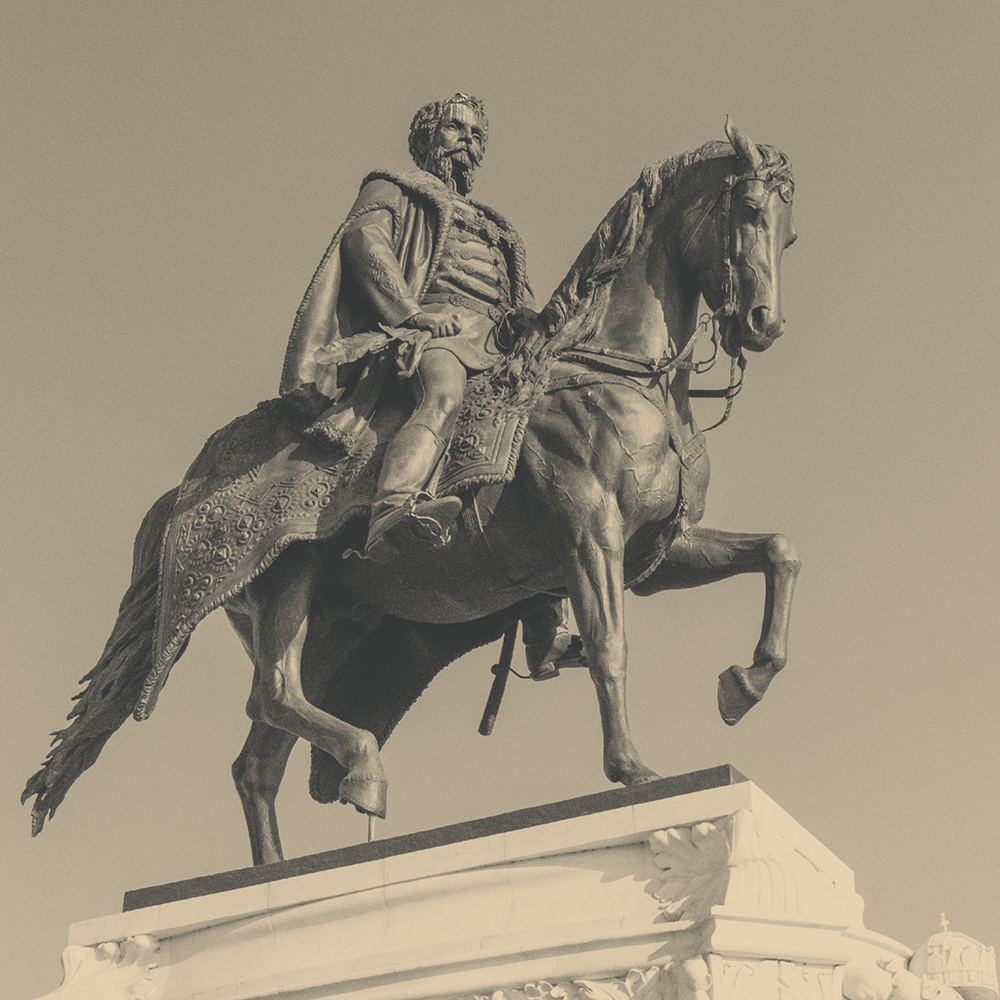
The legend of the outlaw station
Today’s Opera House was built on the spot of the former Hermina Square, where a tavern called Gold Anchor had operated. Contemporary reports suggest t...
Ordered by Maria Theresa, the former swampy area was replaced with trees. It was first proposed by Judge János Boráros in 1794 that the area should be...
By the second half of the 19th century, the continuously developing Pest was regarded as a political and economic centre of Hungary. One of...
In January 1872, bankers formed the Avenue Building Company, and they obtained all the properties alongside the prospective road for expropriation pri...
Pest, Buda and Old Buda unified in 1873, and after that the population and the area of Budapest increased continuously. The development also resulted ...
The City Forest was already popular in the early 19th century. In 1810, Leopold Grossinger, said to be the first regular performer, had a c...
Several constructions were completed for the Exhibition, such as the Comedy Theatre of Budapest, the Hall of Arts and the Museum of Applied Arts. Also...
Born into a noble family, Gyula Andrássy brought patriotism as well as opposition values from home – growing up he was compelled by the reform period ...
The quick economic development and the population boom of Buda and Pest started in the second quarter of the 19th century. In the beginning...
The City Park was considered to be a great hunting location with many fish in the waters and birds in the reeds. Bigger animals (bison, deer, wild boa...
According some sources from the 18th century, two afforestation projects (one in 1755 and the other in 1785) took place in the Park. Willow...
A mutual sympathy formed between Count Gyula Andrássy and Empress Elisabeth of Austria and Queen of Hungary after their first encounter. This happened...
During the construction of the Avenue, the idea of building an opera house was also discussed to show that the developing Budapest is as equally a cul...
Opening a theatrical and musical college was first introduced to Parliament in 1869. From that year, Liszt started to spend more and more time in Buda...
Immediately after the death of Count Gyula Andrássy, the decision was made to erect a memorial to one of the era's foremost politicians. According to ...
As stipulated by the tender drawn up in 2013, the reconstruction of the original statue was completed by 2015. The artists – András Engler, Botond Pol...











